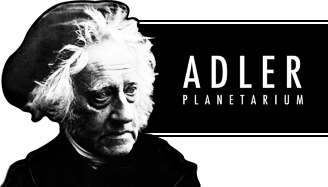Thanks for papers on diamagnetism and lecture on 'slaty cleavage.' Compares with phenomenon of 'ringing coins' in mint. Explains with examples conformity of JT's views with JH's own on geological stratification. Praises simplicity yet completeness of JT's work.

The Sir John Herschel Collection
The preparation of the print Calendar of the Correspondence of Sir John Herschel (Michael J. Crowe ed., David R. Dyck and James J. Kevin assoc. eds, Cambridge, England: Cambridge Univ. Press, 1998, viii + 828 pp) which was funded by the National Science Foundation, took ten years. It was accomplished by a team of seventeen professors, visiting scholars, graduate students, advanced undergraduates, and staff working at the University of Notre Dame.
The first online version of Calendar was created in 2009 by Dr Marvin Bolt and Steven Lucy, working at the Webster Institute of the Adler Planetarium, and it is that data that has now been reformatted for incorporation into Ɛpsilon.
Further information about Herschel, his correspondence, and the editorial method is available online here: http://historydb.adlerplanetarium.org/herschel/?p=intro
No texts of Herschel’s letters are currently available through Ɛpsilon.